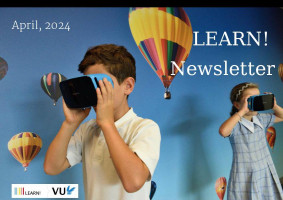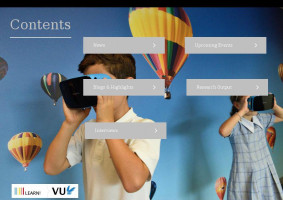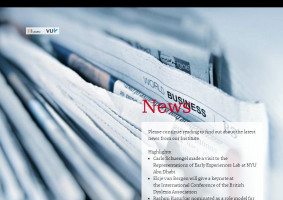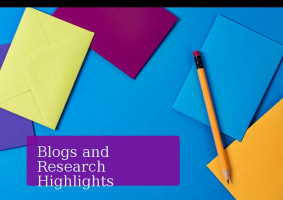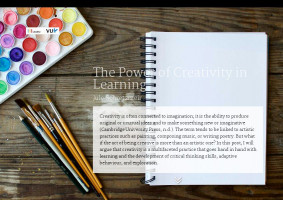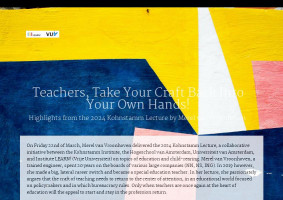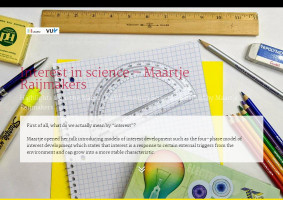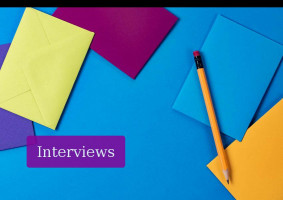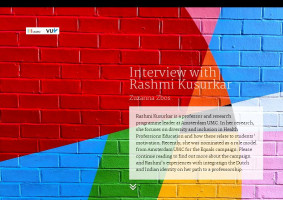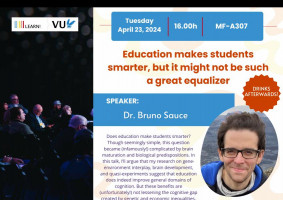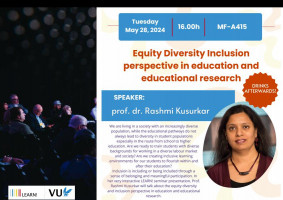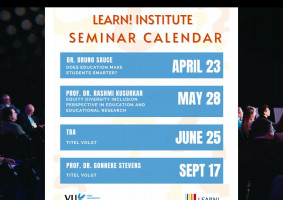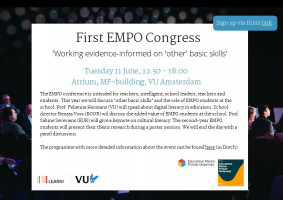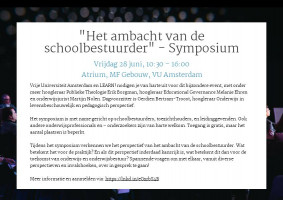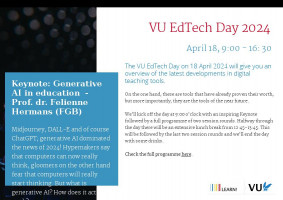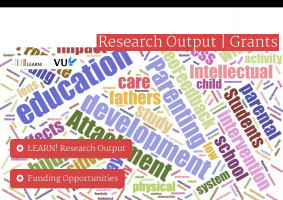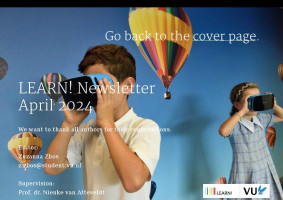Creativity is often connected to imagination; it is the ability to produce original or unusual ideas and to make something new or imaginative (Cambridge University Press, n.d.). The term tends to be linked to artistic practices such as painting, composing music, or writing poetry. But what if the act of being creative is more than an artistic one? In this post, I will argue that creativity is a multifaceted practice that goes hand in hand with learning and the development of critical thinking skills, adaptive behaviour, and exploration.
Defining Creativity in a Learning Context
In education and other learning environments, creativity is often linked to the ability of a learner to problem-solve and approach tasks and projects with flexibility, originality, and novelty. It includes a wide variety of categories such as the making of products, expression of creative traits, and engagement in creative thinking, behavior and accomplishment (Kaufman, Plucker, & Baer, 2008). An example of creative expression in an academic context may involve a student developing or sharing a unique method to approach a math problem, or the implementation of a solution to a social problem at school by a group of students (Beghetto et al., 2021). Creativity can also be endorsed in other learning domains, such as language. For instance, by encouraging expression through writing in the form of letters, poetry, comics, and more, students can learn to reflect, express themselves, and take perspective. Likewise, structured reading activities can foster idea generation and exploration (Marcos et al., 2020). These practices have been shown to positively impact learning, improving academic achievement (Gajda, Karwowski & Beghetto, 2017, Karwowski et al., 2020).
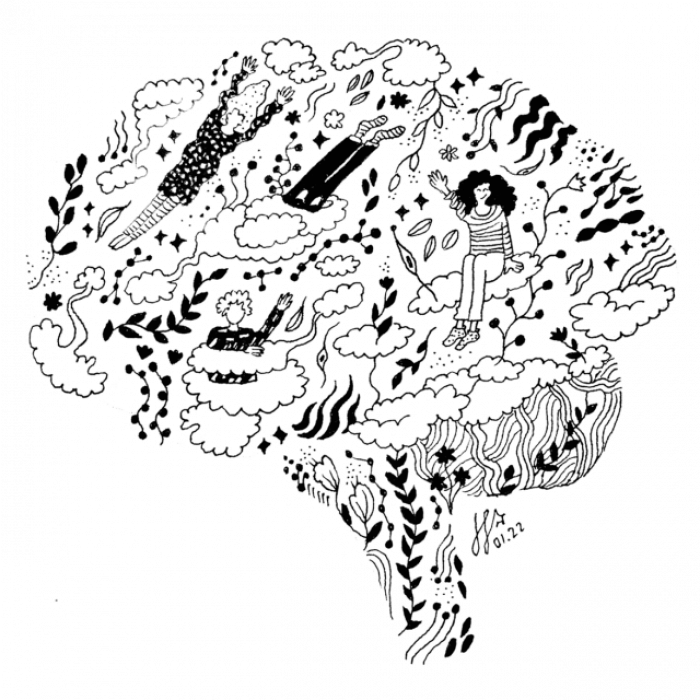
Creativity as a Positive Risk
Beyond providing a platform for personal expression and academic achievement, creative thinking and behavior are associated with two very important yet overlooked elements: risk and failure. While these may sound negative at first, they are, in fact, crucial elements to the success of learning. Allowing for an environment in which students can explore their ideas, think outside of the box, and approach problems from new perspectives involves creative risk. This is a form of positive risk-taking that allows students to explore their environment using their creativity, thereby expanding their boundaries, and testing their strengths and limitations. Positive risks such as creative exploration can result in productive failures: setbacks that enhance learning and create opportunities for improvement (Henriksen et al., 2021). Productive failures are integral to the learning process, given that learning often involves multiple rounds of thinking, re-thinking, reworking, and adjusting. Giving space to creative risks allows students to learn that failures provide new insight that can be used in future endeavors. This can greatly increase students’ ability to learn from mistakes and challenges, ultimately allowing them to become resilient, adaptive learners.
Fostering Creativity in the School Setting
Increasing creative practices in the school setting is thus relevant on multiple levels: it creates a platform for personal development, familiarizes students with positive risks and productive failures that foster learning, and enhances deep, critical thinking and acting. To foster creativity in students, schools can begin by establishing a supportive environment where students feel safe to make and learn from mistakes. This can be done by establishing an atmosphere that focuses on the learning process rather than the product, integrates multidisciplinary approaches, and allows students to express ideas. For instance, teachers can apply guided inquiry as a teaching strategy, in which students get the possibility to explore ideas, discuss, and articulate their thoughts. These autonomy-encouraging activities can, in turn, support the development of student’s growth mindset, in which they view ability as adjustable and in their own control (Yu, Kreijkes & Salmela-Aro, 2022). Another way of fostering creativity is by using theater exercises in history lessons, or by connecting natural sciences to the humanities. Likewise, collaboration and cooperation in projects may enhance the exchange of ideas, providing students the ability to see the power of teamwork and fostering inclusivity and perspective-taking. Most importantly, we can begin by recognizing the power of creativity in learning. Creativity is an integral part of development and a catalyst for positive risk that can ultimately help us grow and navigate an ever-changing, complex world. We could start actively endorsing our own creative side, value the creative practice around us, and allow for this exploratory behavior and cognition in our learning environments. If we decide to embrace the creativity inside of us all, it may not only nurture our potential but also equip us to handle the challenges in our daily lives with ingenuity and resilience.
Originally published at: https://www.gutsproject.com/the-power-of-creativity-in-learning/
Illustration by J. Schretzmeir, 2022
_w400_h464_1.png)
